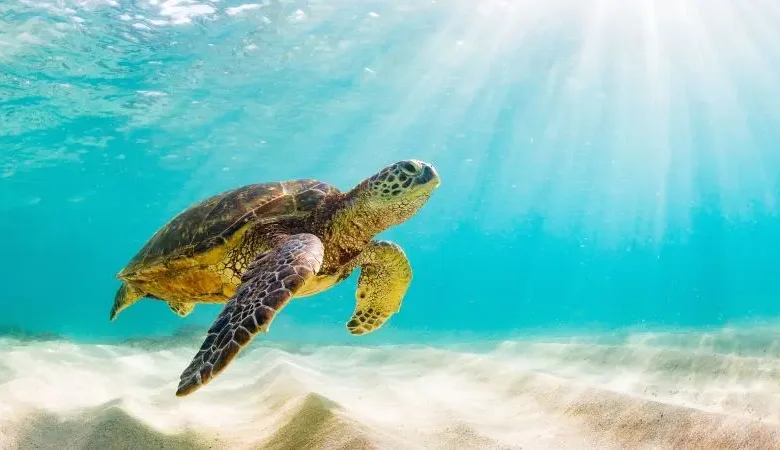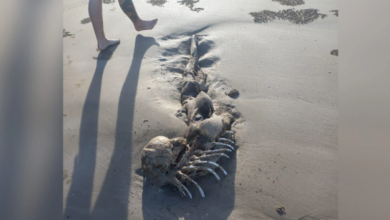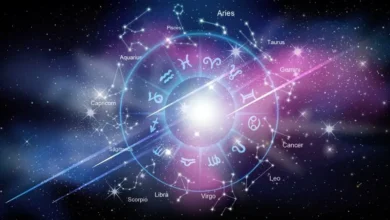Pollution is causing shortage of male sea turtles

Green sea turtles face multiple threats from humans, including hunting, habitat degradation, and entanglement in garbage. However, another danger is causing the loss of male hatchlings in the species.
Rising temperatures due to climate change are partially to blame for this, but a new study has shed light on an additional human-caused problem.
Certain pollutants may contribute to feminizing sea turtles, according to lead author Arthur Barraza, a toxicologist at Griffith University. The research suggests that the risk of extinction due to a lack of male green sea turtles may be amplified by contaminants that influence the sex ratio, favoring females.

Green sea turtles worldwide are experiencing an imbalance in sex ratios, with male hatchlings becoming scarce. In warmer areas like the northern Great Barrier Reef, hundreds of female turtles are born for every male due to temperature-dependent sex determination. However, temperature is not the sole factor in determining sex.
On Heron Island, a study examined 17 clutches of turtle eggs, monitoring temperature data and testing hatchlings for pollutants after they hatched.
Pollutants like cadmium, chromium, PAHs, PCBs, and PBDEs act like female hormones in sea turtles. Female turtles pick up these pollutants while feeding, and their embryos store them in their liver for a long time after hatching.

The study found varying sex ratios among clutches, with most nests producing predominantly female hatchlings. The researchers discovered a correlation between xenoestrogen levels in hatchlings’
livers and the degree of female bias in their nest. While more research is necessary to fully understand the impact of pollutants on sex ratios, the study’s findings raise concern, given the existing scarcity of male hatchlings and the threats that sea turtles already face.
Controlling estrogenic pollutants might help to increase the number of male sea turtle hatchlings. Figuring out which compounds are causing the imbalance is important for finding ways to stop more turtles from becoming female.
Since most heavy metals come from human activities like mining and pollution, we need to adopt long-term strategies to reduce pollution in our oceans based on science.










